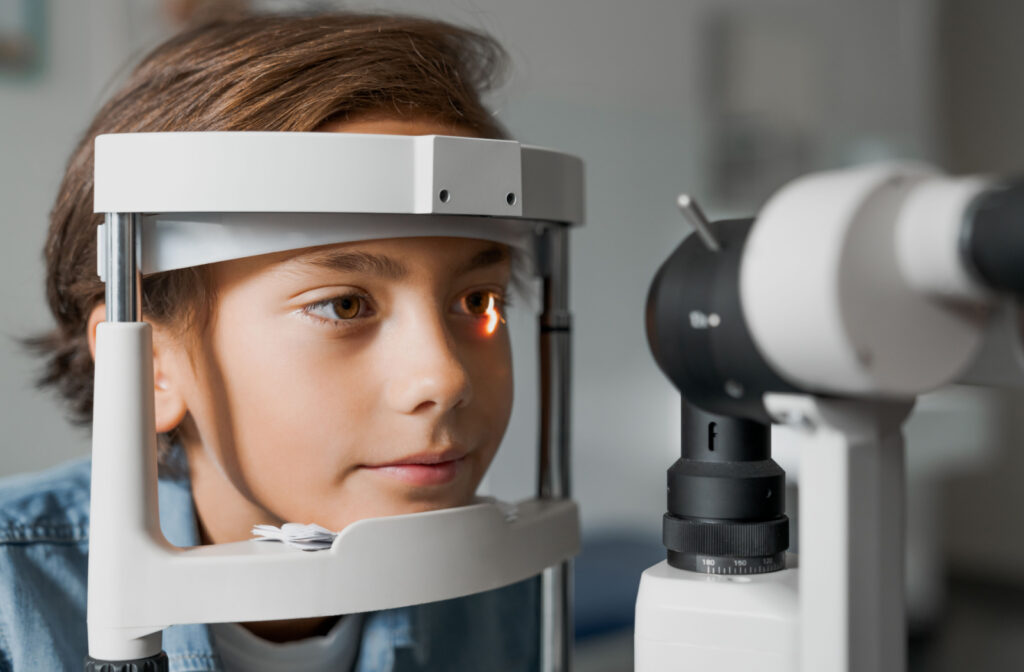All Categories
Featured
Table of Contents

The realm of vision adjustment is swiftly evolving, driven by groundbreaking technical improvements that are improving exactly how we regard and deal with eye wellness. From laser surgical treatments to innovative eyeglasses, the alternatives offered today are not only extra effective yet additionally deal with the special requirements of each person. In this blog site, we will discover how innovation is improving vision correction choices, bring about enhanced patient outcomes and satisfaction.
1. Laser Technology Innovations.
At the forefront of vision adjustment innovation are advanced laser procedures like LASIK and PRK. These methods have been changed by the introduction of femtosecond lasers, which produce exact and regulated cuts in the cornea, decreasing discomfort and improving recovery time.The most up to date innovations, such as topography-guided LASIK, permit for a personalized treatment plan that accounts for the distinct curvature of a client's cornea. This degree of personalization not only raises the accuracy of the treatment but also decreases the risk of issues, causing more clear vision post-surgery.
2. Smart Contact Lenses.
The development of wise contact lenses stands for a substantial jump in vision modification innovation. These lenses can check various health criteria, such as sugar levels in diabetics or intraocular stress for glaucoma patients.By incorporating sensing units right into the lens layout, producers are producing a product that exceeds vision modification, providing beneficial health information in real-time. As research in this location advances, wise call lenses could possibly change exactly how we take care of eye wellness and conditions connected to vision.
3. Advanced Intraocular Lenses (IOLs)
For people undergoing cataract surgical treatment or seeking options for presbyopia, advanced intraocular lenses have ended up being a game-changer. Today's toric and multifocal IOLs are designed to give clear vision at numerous ranges, lowering dependancy on glasses for daily activities.New technologies enable the customization of IOLs based upon aesthetic needs and private way of lives. Suiting IOLs can shift their emphasis based on the eye's setting, providing a much more all-natural aesthetic experience. These developments ensure that clients enjoy better aesthetic results after surgical procedure, enhancing their quality of life.
4. Telemedicine and Remote Tracking.
The COVID-19 pandemic increased the fostering of telemedicine, and this pattern has extended into eye care. Individuals can currently talk to eye treatment professionals from the comfort of their homes, going over signs and symptoms and treatment alternatives without the need for in-person brows through.Remote tracking gadgets that attach to tablets or smart devices enable clients to track their eye health and wellness and vision modifications with time. This data can be shown doctor, making certain timely treatments and customized treatment strategies. The ease and access of telemedicine are specifically beneficial for people with flexibility challenges or those residing in backwoods.
5. Fabricated Intelligence in Eye Treatment.
Synthetic knowledge (AI) is progressively ending up being an important part of eye care. AI algorithms are made use of to examine big sets of data, enabling early discovery of conditions like diabetic retinopathy and macular degeneration with retinal imaging.AI can help eye treatment professionals by highlighting problems that may need additional investigation, enhancing diagnostic accuracy and performance. By improving the diagnostic process, AI not only enhances patient treatment however likewise allows for even more timely therapy interventions.
6. Personalized Eyeglasses Solutions.
The rise of tailored eyeglasses has transformed exactly how individuals approach vision adjustment. Advanced 3D printing innovations enable the production of personalized frameworks and lenses customized to a client's special facial structure and vision demands.Along with aesthetic advantages, individualized glasses improves convenience and efficiency. Individuals can currently select from various lens options, consisting of blue light stopping, photochromic, and high-index lenses, ensuring they find the ideal option for their way of life and visual preferences.
Verdict.
Modern technology is substantially changing vision correction choices, leading to better outcomes and raised contentment for patients. As these modern technologies continue to advance, individuals can anticipate a more effective and customized strategy to vision improvement, inevitably improving their high quality of life.Latest Posts
Experience Coastal Elegance at Deauville Inn
Published Apr 14, 25
1 min read
How Can Consumers Customize Furniture to Suit Their Home Decoration?
Published Jan 26, 25
0 min read
Top Trends in Customized Furniture Style for 2025
Published Jan 18, 25
0 min read